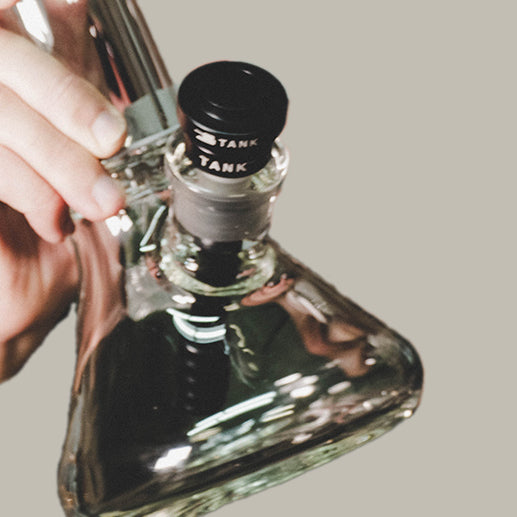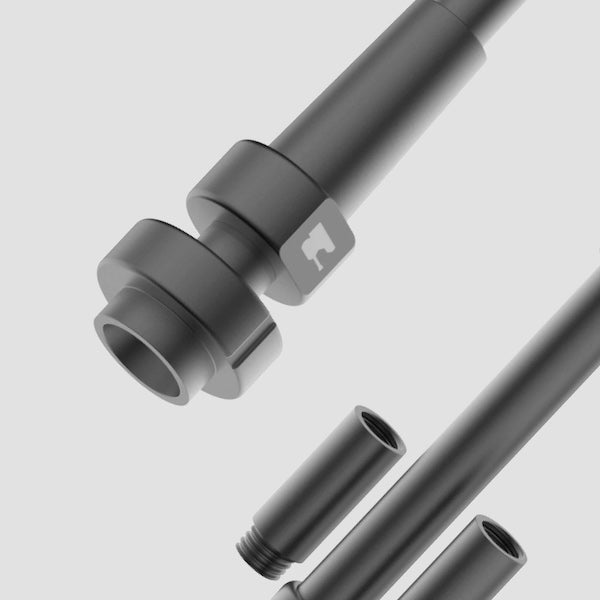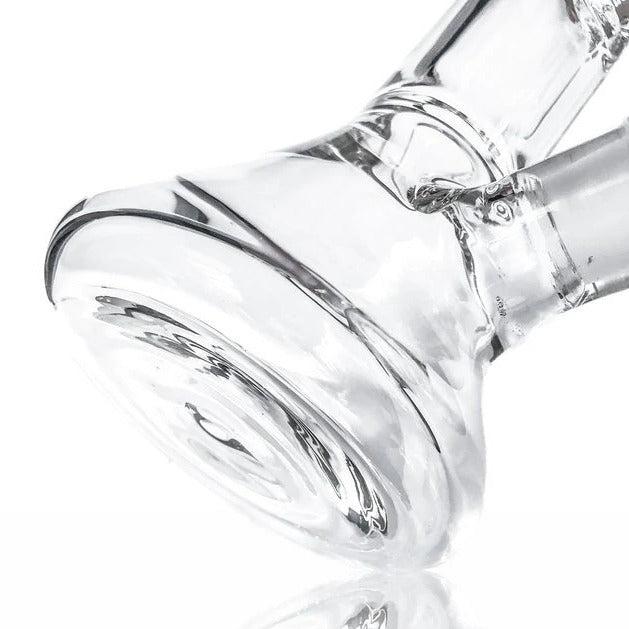The term “sublingual” is comprised of two components – “sub” (prefix) and “lingual” (adjective). Dictionary.com defines the two terms as follows:
- “sub – at, to, or from a lower level or position; under”
- “Lingual – of or relating to the tongue or some tongue-like part”
In other words, sublingual means under the tongue. Thus, if you ever held a thermometer under your tongue when a doctor or one of your parents was taking your temperature when you were ill, you’ve done something sublingual in your life. It works the same way with sublingual THC. This is fast acting and you will have higher hits with sub-lingual intake.
Two common Forms
Sublingual THC is commonly available in two different forms – as a liquid and in solid form as follows:
- Liquid sublingual THC – commonly referred to as sublingual THC tincture. Tinctures are usually made using alcohol although they can also be made using coconut or olive oil, glycerin, and vinegar. Brandy, Everclear (grain alcohol), or vodka can also be used to make tinctures with a unique flavor. Don’t worry. You only put a couple of drops of sublingual THC tincture under the tongue, so the alcohol won’t have any kind of effect.
- Solid sublingual THC – the solid form is commonly made using a high THC strain. On the other hand, if you wanted to make a CBD tincture, you would use a high CBD, low THC strain of cannabis. Again, this is all a matter of personal preference. You can try and see if you like that better.
The Bottom Line
Once you’ve combined the alcohol with the cannabis plant matter, the alcohol dissolves the different chemicals in the plant such as the cannabinoids, flavonoids, and terpenes. Basically, they’re held in a solution similar to mixing a pitcher full of Kool-Aid. Once you removed the plant matter, all that’s left is the tincture, thereby making it easier to place under the tongue. Interestingly enough, tinctures are not relegated solely to marijuana as any combination of plant matter can be the base for making a tincture.
To learn more, visit our website or contact Tank Glass directly by clicking here.




